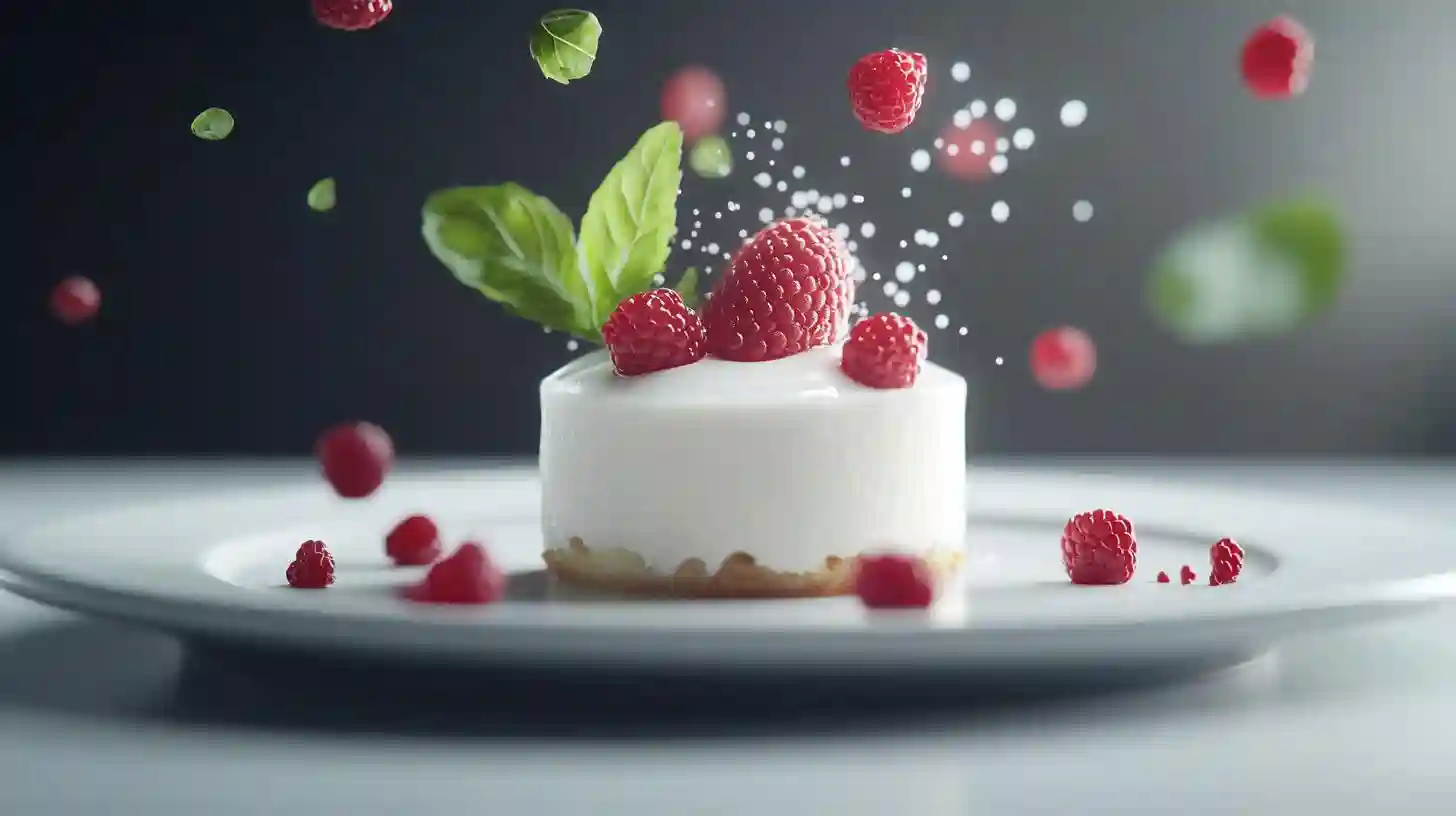
Custards and soufflés stand as two iconic representations of culinary artistry, each boasting its own unique qualities, textures, and flavors. Despite their similarities as egg-based concoctions, the distinctions between the two can be profound and nuanced, even leading to fruitful debates among chefs and food enthusiasts alike. To probe deeper into these culinary delights, insights from experts and their interpretations can illuminate the unique characteristics and preparation methods that define custards and soufflés.
At the core, custard is defined by its silky, smooth texture, which results from the careful blending of eggs and a liquid, often milk or cream. Various custard types can serve different purposes within the culinary world. Pastry cream, for instance, is a custard thickened with cornstarch, lending it versatility for fillings in pastries, tarts, and éclairs. Its applications are endless in the world of desserts, providing a lush complement to a myriad of baked goods. Experts emphasize the importance of cooking custards gently and evenly to avoid curdling the eggs, which can lead to a grainy texture that is less than desirable.
Soufflés, on the other hand, take the concept of custard and elevate it into a light and airy dish that is as much a showpiece as it is a culinary accomplishment. To create a soufflé, egg whites are whipped into stiff peaks, which are then folded delicately into a base that often includes a flavored custard mixture. This incorporation of air creates the signature rise of a soufflé during baking, transforming it into a beautifully puffed dish. The techniques involved in making soufflés can seem daunting; they require precision and an understanding of both timing and temperature. Ensuring that the soufflé is perfectly baked, allowing it to rise without collapsing, becomes a celebrated achievement in the kitchen.
Experts note that at their foundation, both custards and soufflés celebrate the versatility of eggs. The egg yolks in custards lend richness and body, forming that revered creamy texture when cooked to the correct temperature. In contrast, the whipped egg whites in soufflés are the key to achieving their ethereal quality, transforming a simple mixture into a towering masterpiece. The careful balance of these components illustrates an essential principle in cooking: the interplay of fat and air can create diverse textures and experiences on the palate.
Flavor profiles are another area where custards and soufflés diverge. Custards can be infused with a range of ingredients, such as vanilla bean, chocolate, or citrus, allowing for a rich and often sweet profile. Some savory custards can play a significant role in dishes like quiches or simply served as a delicate side to accompany meats or vegetables. Soufflés, however, often take center stage as an elegant entrée or dessert. While sweet soufflés like chocolate or berry may steal the limelight at the end of meals, savory variations—incorporating cheeses, herbs, or vegetables—have earned their place as stand-alone dishes that showcase the chef’s talent and creativity.
While both dishes may enjoy thought-provoking histories and cultural significance, their roles in dining experiences can differ remarkably. A well-executed custard can be a comforting finish to a meal or an intricate part of a lavish cake, whereas soufflés often evoke a sense of occasion and theatricality. The sight of a soufflé being served, lifting off from its baking dish and coming to life at the table, creates a moment of delight and wonder for diners.
It’s also worth noting that the challenge posed by soufflés has continued to entice home cooks and professional chefs alike. Many have recounted their personal journeys toward mastering the soufflé, showcasing the both the rewards and frustrations inherent in its preparation. The delicate balance of folding air into the mix without deflating it can make all the difference in achieving a perfect soufflé.
The classifications and preparations of custards and soufflés represent not only diverse techniques but also fundamental principles of cooking that intertwine classic skill with creativity and innovation. Chefs frequently share their favorite variations, blending traditional approaches with contemporary twists, pushing the boundaries of these historic dishes. As diners continue to crave new experiences on their plates, both custards and soufflés will undoubtedly evolve, illustrating the dynamic nature of culinary arts while remaining rooted in their rich traditions.